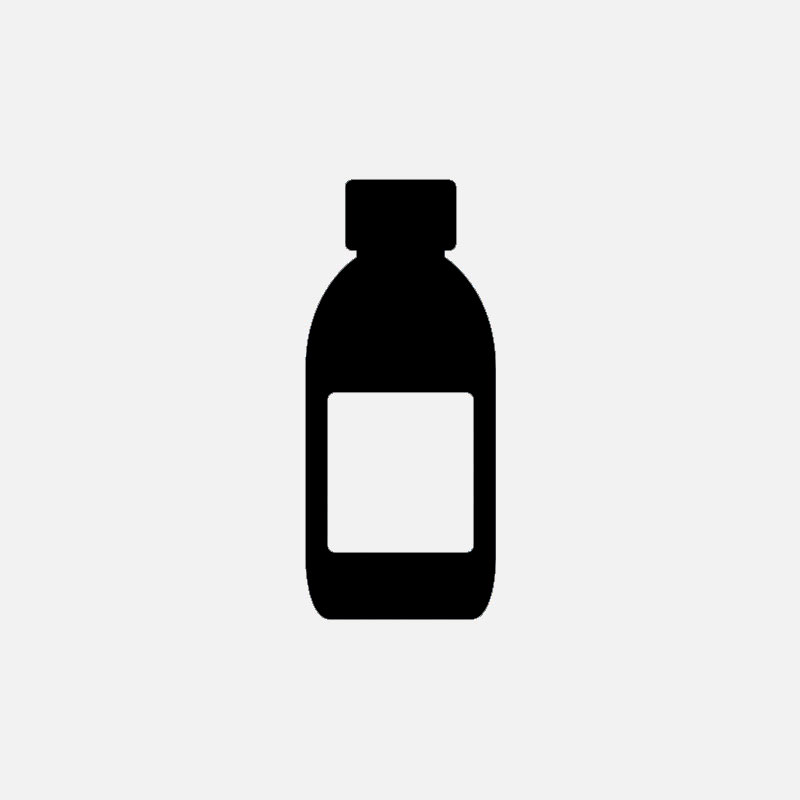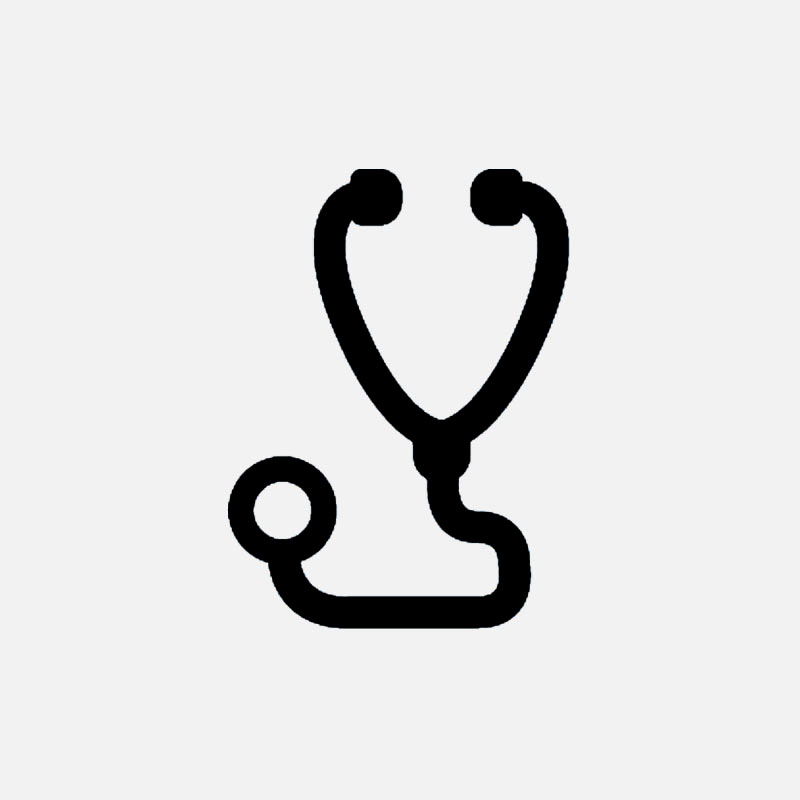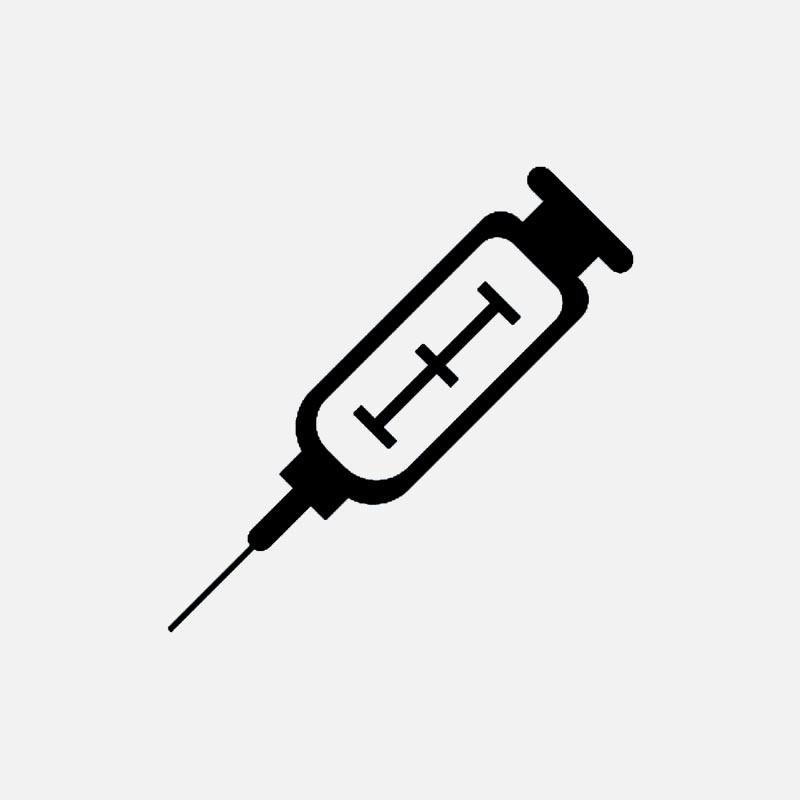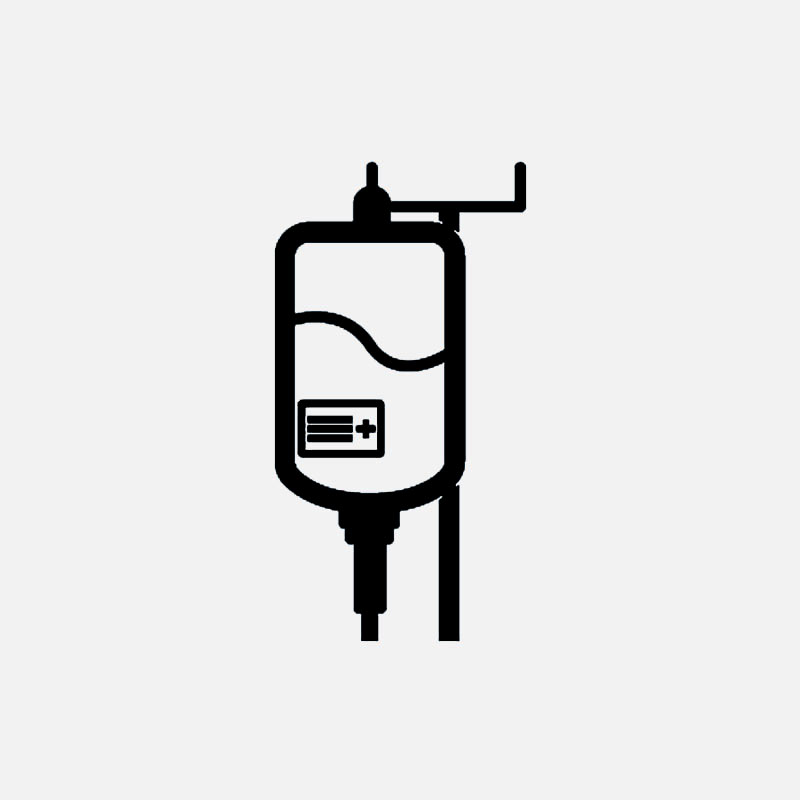Solutions Offered
If pain is interfering with your wellbeing on a day-to-day basis, you’ll most likely benefit from having a range of health professionals supporting you —and helping you to help yourself. At Frankston Pain Management, pain experts can work together to provide you with the right combination of tailored exercise, psychological therapy, practical advice and medication to reduce your disability, enhance your mood, improve your fitness and start living better.

Comprehensive Assessment
Before your first consultation
- Please give us your doctor’s referral.
- Please give us a summary from your GP if the referring doctor is not your normal doctor.
- Please complete our FPM New Patient Questionnaire. You can download this from our website or you can call the clinic and ask us to post or email the form.
- Please return these forms to the clinic as soon as possible.
- We may ask you to attend a pre-consultation assessment.
- A pain medicine physician will perform a comprehensive assessment on each patient. This may need more than one consultation for us to fully understand your problem.
- From your consultation and assessment, a pain management plan will be formulated which may include a combination of our treatment options.
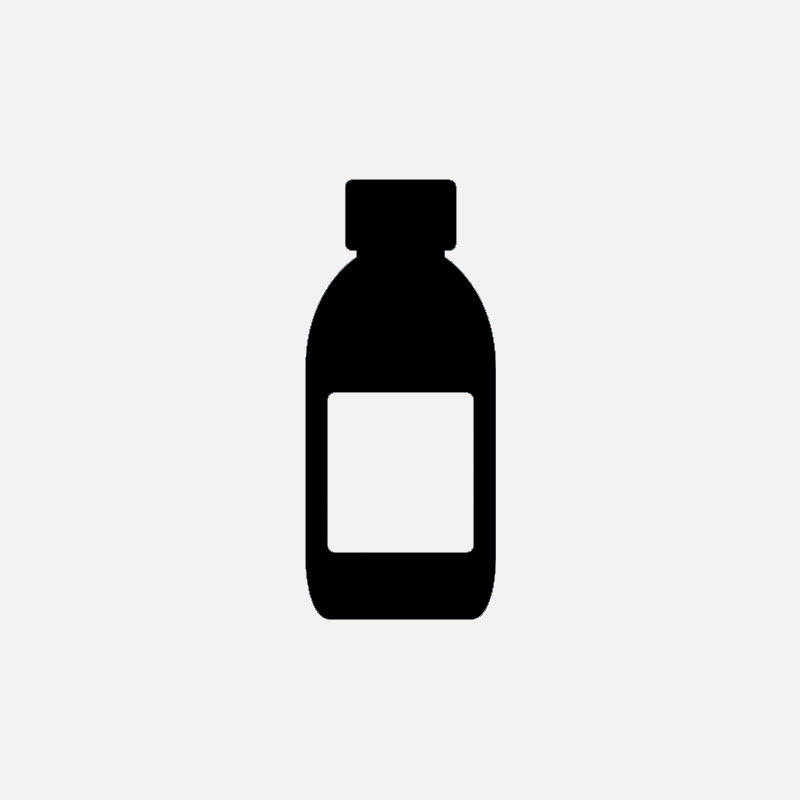
Medications
Dangers of Polypharmacy Play (9:54)
Topical anti-inflammatories Play
Opioid (strong) analgesics Play (11:36)
Understanding Pain: Brainman stops his Opioids Play (1:46)
Faculty Pain Medicine position on Medicinal Cannabis Read more
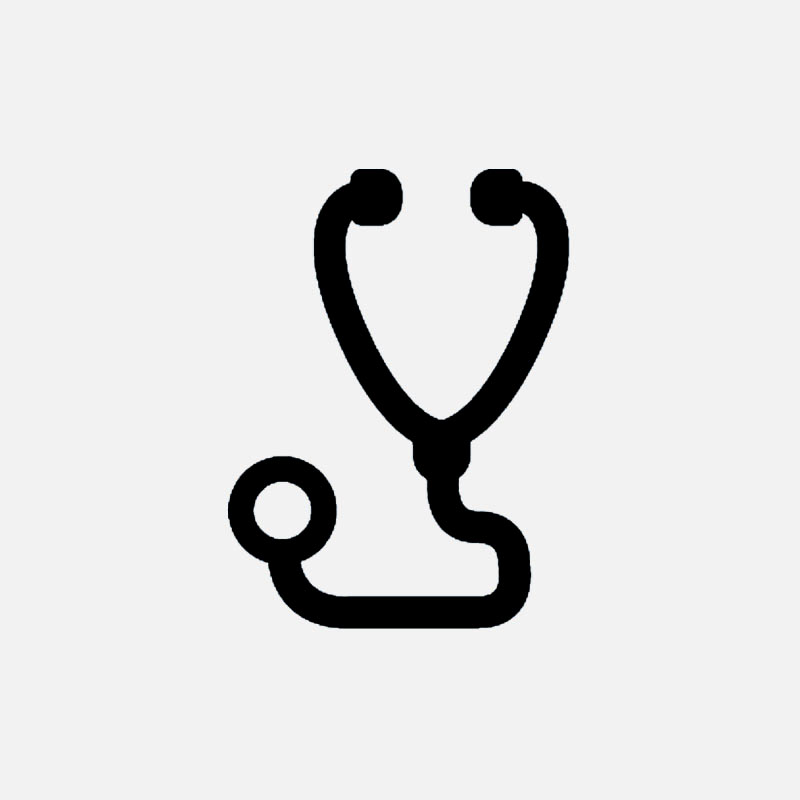
Diagnostic (Test) Procedures
We often use nerve blocks to diagnose the cause of pain and to provide pain relief. They’re helpful where pain is coming from a single nerve or a small group of nerves. A nerve block involves injecting the nerves supplying the painful area with local anaesthetic to stop the pain signals being transmitted. A nerve block can help to confirm the source of your pain. Usually it will also provide immediate, short-term relief. A nerve block can also be used to predict whether another longer-lasting treatment, such as neurotomy, is likely to help.
Atlanto-Axial Joint Injection
Coeliac, Splanchnic, Hypogastric and Ganglion Impar Blocks Read more
Discography Read more
Facet, Costotransverse and Costovertebral Joint Injections
Hip Joint Injections
Ilio-Inguinal Nerve Block
Intercostal Nerve Block Read more
Lumbar Sympathetic Block Read more
Medial Branch (Dorsal Rami) Blocks Read more
Medication Absorption (Kinetic) Tests Read more
Nerve Block Injections Read more
Pump Debug and Myelogram Read more
Occipital Nerve Injection Read more
Rami Communicante Blocks
Sacroiliac Joint Steroid Injections Read more
Selective Nerve Root Injections Read more
Stellate and T2 Ganglion Blocks Read more
Suprascapular Nerve Block Read more
Sphenopalatine Ganglion Block Read more
Trigger Point Injections Read more
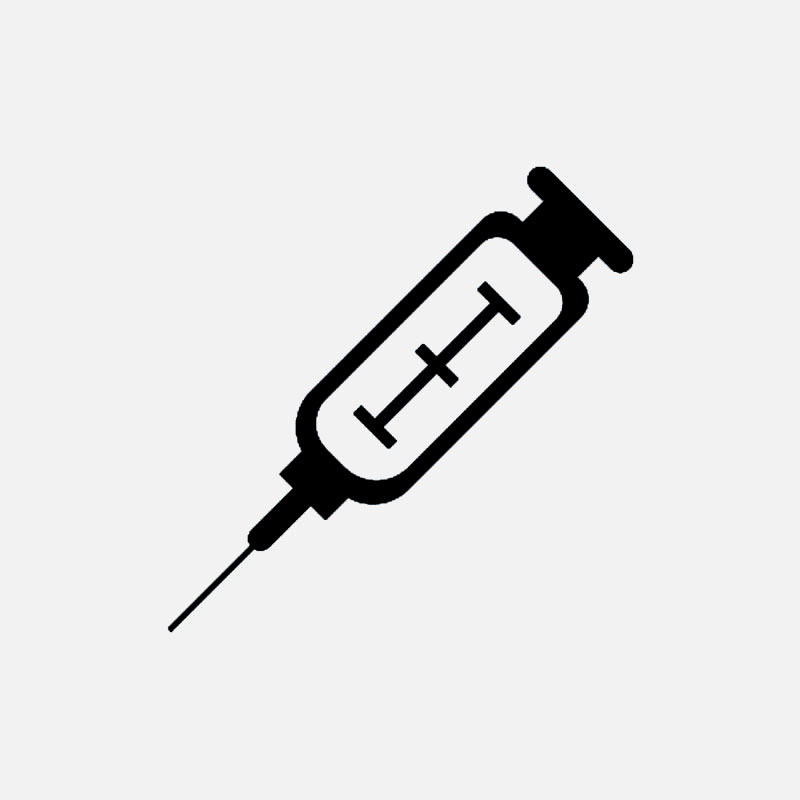
Treatment Procedures
Local anaesthetic injections with or without steroid can relieve pain and stiffness, giving you the opportunity to undertake a graded exercise program and get you back on track. People with headache, neck, shoulder, arm, back, leg, knee pain may benefit.
Radiofrequency treatments provide medium duration pain relief. They can help some people with headache, back, neck, shoulder, hip and knee pains.
PENS (peripheral electrical nerve stimulation) is a new day procedure that can be both a test and treatment procedure. It is helping people with back, knee, ankle and other localised pains.
Spinal cord stimulators, peripheral nerve stimulators and spinal drug pumps can provide sustained pain relief and functional improvement in complex pain conditions and a second chance at life.
We can cover most parts of the body with one of these treatments.
Autologous Blood Injections Read more
Caudal Epidural Steroid Injection Read more
Hyaluronic Acid Injection
Lumbar Transforaminal Epidural Steroid Injection Read more
Cervical Facet Radiofrequency Neurotomy Read more
Epidural Adhesiolysis / Neuroplasty Read more
Epidural Steroid Injection Read more
Epidural Blood Patch Read more
Genicular Nerve Radiofrequency Neurotomy
Lumbar Facet Radiofrequency Neurotomy Read more
Nucleoplasty (Percutaneous Disc Decompression) Read more
PENS (Peripheral Electrical Nerve Stimulation) Read more
Peripheral Nerve Stimulation Read more
Platelet-Rich Plasma (PRP) Injections Read more
Prolotherapy Read more
Pulsed Radiofrequency Treatment Read more
Occipital Nerve Stimulation Read more
Scrambler Therapy Read more
Spinal Cord Stimulation Read more
Spinal (Intrathecal) Drug Pump Read more
Transcutaneous Pulsed Radiofrequency Treatment Read more
Vertebroplasty Read more
Ultrasound Guided Injection for Shoulder Pain
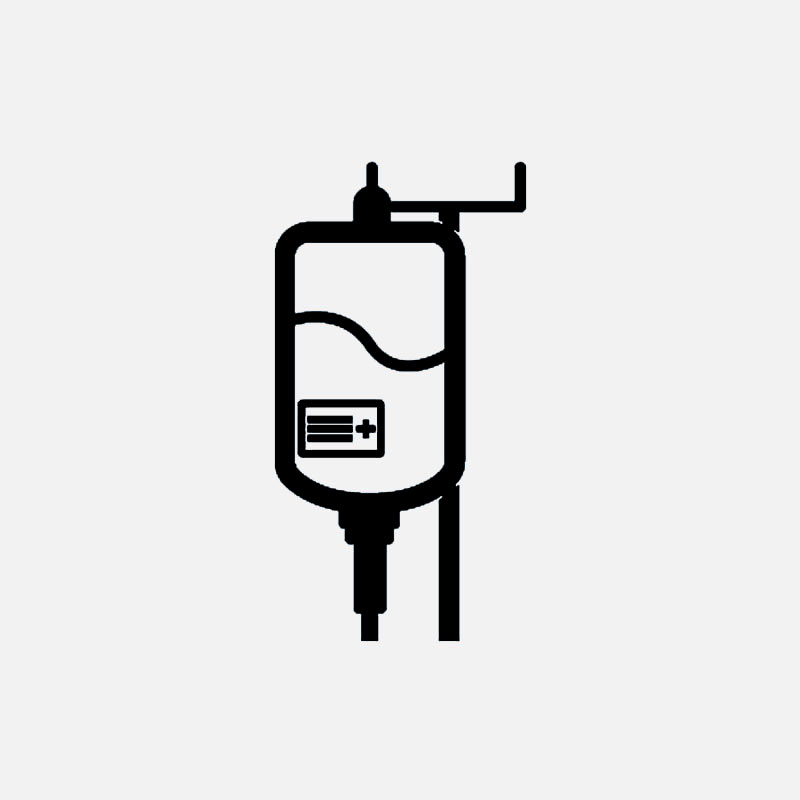
Infusions
Infusions are like injections except they’re given over a longer period of time. Depending on what kind of nerves are carrying the pain signals, an infusion of phentalomine may provide relief.

Scrambler Therapy
What is Scrambler Therapy?
Scrambler Therapy, also called “Calmare” (Italian for “to soothe or ease”) is a drug -free and non-invasive treatment for nerves and cancer related pain.
Scrambler Therapy is a form of “neuromodulation” that changes the way the nerves for nervous system behave, to desensitise the central nervous system. The brain is responsible for interpreting different sensory messages from the body and may interpret the sensory message resulting from an injury as dangerous and so create a sensation of pain. However, with neuropathic pain or nerve pain, the brain can create pain even if there is no injury or external pain generators.
Scrambler Therapy sends a message of “no danger” along the nerves to the brains, which reduces or eradicates the sensation of pain. Essentially this therapy is helping to retrain and rewire nerve transmission and perception to pain.
This is an established and common therapy in several European countries, the United States, Korea, and Japan.
FPMX offers scrambler therapy for patients in Melbourne from their Frankston clinic rooms on the Mornington Peninsula.
What should I expect at a Scrambler Therapy Session?
Scrambler Therapy is delivered in an outpatient clinic and does not require sedation. Your treating Pain Specialist will provide clinical oversight and supervision of your treatment, which will be delivered by treatment staff.
The first block of treatment is done over 2 weeks, with a total 10 consecutive treatment sessions with a weekend break between week 1 and week 2. Each Scrambler Therapy session lasts for 40 minutes plus the time required to position electrodes and adjust the stimulation.
At the start of each treatment session, a person’s site of pain is identified, and electrodes are placed on the skin, on either side of the painful area(s). Once the electrodes have been placed in the correct position, the stimulation intensity is then adjusted according to each person’s comfort level.
Patient will then develop a sensation of tingling, which has been described as a “pleasant humming” or like champagne bubbles on your skin. After a treatment session is completed, most people feel soothed and report that the pain has markedly reduced or disappeared. In the subsequent treatments your pain may remerge with less intensity and the duration of pain relief increases.
Once the initial 10 sessions are completed, pain relief can last between 3-12 months before top up or booster treatment is required.
When do I need Booster Treatment?
Booster sessions are required when nerve pain returns and stays present for 24-48 hours.
If this happens, please contact us and we will book you for up to 5 sessions. These sessions last the same length of time as the initial sessions.
Who is most likely to benefit from Scrambler Therapy?
People who have neuropathic or nerve pain.
Examples of Nerve Pain:
- Post chemotherapy induced painful peripheral neuropathy
- Post operative associated nerve pain
- Complex regional pain syndrome
As reported in the literature:
- Pain reduction between 50-100%
- Functional improvements including return to work
- Reductions in use of Medication
- Improved Sleep
- Patients with implanted pacemakers, aneurysm clips, vena cava clips, skull plates and brain injury sufferers.
- Patients who have had a recent myocardial infarction
- Patients being treated for epilepsy
- Pregnant and breastfeeding women
- Patients with unstable or untreated mental illness.
A full assessment is required to determine the suitability and potential risks for patients with the above conditions.
Is Scrambler therapy covered by Medicare, Health funds or Workcover?
Currently Medicare and Private Health funds do not cover this therapy. Workcover, Motor Accident Insurers and Department of Veteran’s affairs will consider funding this treatment.
History of Scrambler Therapy
Prof. Giuseppe Marineo invented and developed the clinical practice of Scrambler Therapy in the early 2000s. He named the Therapy after the military device that scrambled or changed signals and information so that they were no longer recognisable.
Current Research
There is strong evidence of efficacy with 9 randomised placebo-controlled trials and a published literature of over 60 papers describing the use of Scrambler Therapy.
Visit the Clinical Trials page for Scrambler Therapy

Helping Yourself
Whole Person Pain Read more
Understanding Pain and Helping Yourself in 5 minutes Play (05: 00)
Understanding Chronic Pain Play (8:54)
Why Things Hurt Play (14:32)
The Mystery of Chronic Pain Play (8:30)
The Conversation Go to link
What is self management? Play (4:06)
Cancer Related Fatigue Play (9:47)
Coping with Persistent Pain Read more
Pain Toolkit Australia Booklet Read more
Pain Toolkit (DVD snippet) Play (2:00)
Pacing Brochure Read more
90:10 The best thing you can do for your stress Play (11:00)
Pain Self-help & Relaxation Exercises Read more
Transcendental Meditation Play (11:06)
Online Self Help Programs Brochure Read more
eClinic Online Pain Course Go to link
Pain Management for Everyone Go to link
painHealth Go to link
Getting a Good Night's Sleep Read more
Sleeping with Pain Play (4:44)
Interrupted Sleep Play (8:02)
Sleeping Well Go to link
Dangers of snoring - from Tonic TV Play (9:03)
Best Treatment for Insomnia Play (2:07)
Fad Diets Read more
The South Beach Diet Read more
Low GI diet Play (5:16)
Top 10 Obesity Causing Foods Play (16:10)
Mediterranean diet transcript Go to link
Energy Drinks Play (14:09)
Dietary Supplements transcript Go to link
Toxic Sugar Play (18:01)
Comfort food Play (3:10)
Understanding Ergonomics at Work Read more
Workplace Stress transcript Go to link
A Guide for Injured Workers Returning to Work Read more
The Benefits of Returning to Work Read more
Job in Jeopardy Assistance Go to link
Workplace Conflict Go to link
Reducing Stress at Work is a Walk in the Park Go to link
The best thing you can do to quit smoking Play (12:47)
Problem gambling and depression Read more
Gambling transcript Go to link
Understanding Pain: Brainman Chooses Play (2:29)
Drugs, alcohol and mental health Go to link
Cannabis and psychosis Read more
Substance use - stages of change model Read more

Physical Activity
10,000 Step Walking Program Brochure Read more
24 hour Fitness - 23 hours and 1/2 hour Play (05:00)
Exercise is Medicine Play (8:23)
Sitting is Deadly Play (05: 00)
Tai Chi for Beginners Play (4:56)
Daily Tai Chi – join in this 8-minute exercise Play (9:05)
Walking to Beat the Grim Reaper Play (1:24)
Fat and Fit Play (6:16)

Mental Health
Recovery Go to link
Changing Your Thinking Read more
10 Things That Help Read more
Chronic physical illness, anxiety and depression Read more
Drugs, alcohol and mental health Go to link
A Guide to what works for depression Read more
Keeping Active Go to link
Understanding anxiety and depression Read more
Anxiety disorders Read more
Grief and Loss Read more
Guilt Read more
Anger - how it affects people Go to link
Managing your anger Go to link
Bipolar Disorder Read more
Depression and anxiety disorders in women Go to link
Depression in men Go to link
Depression in older people Go to link
Bullying and cyberbullying Read more
If you’ve had enough of trying to fight pain on your own, let us help. For all appointments and enquiries contact us on:
Mon to Fri
- 9:00am to 5:00pm
Telephone Contact hours
Mon to Fri
- 9:00am - 3:00pm


